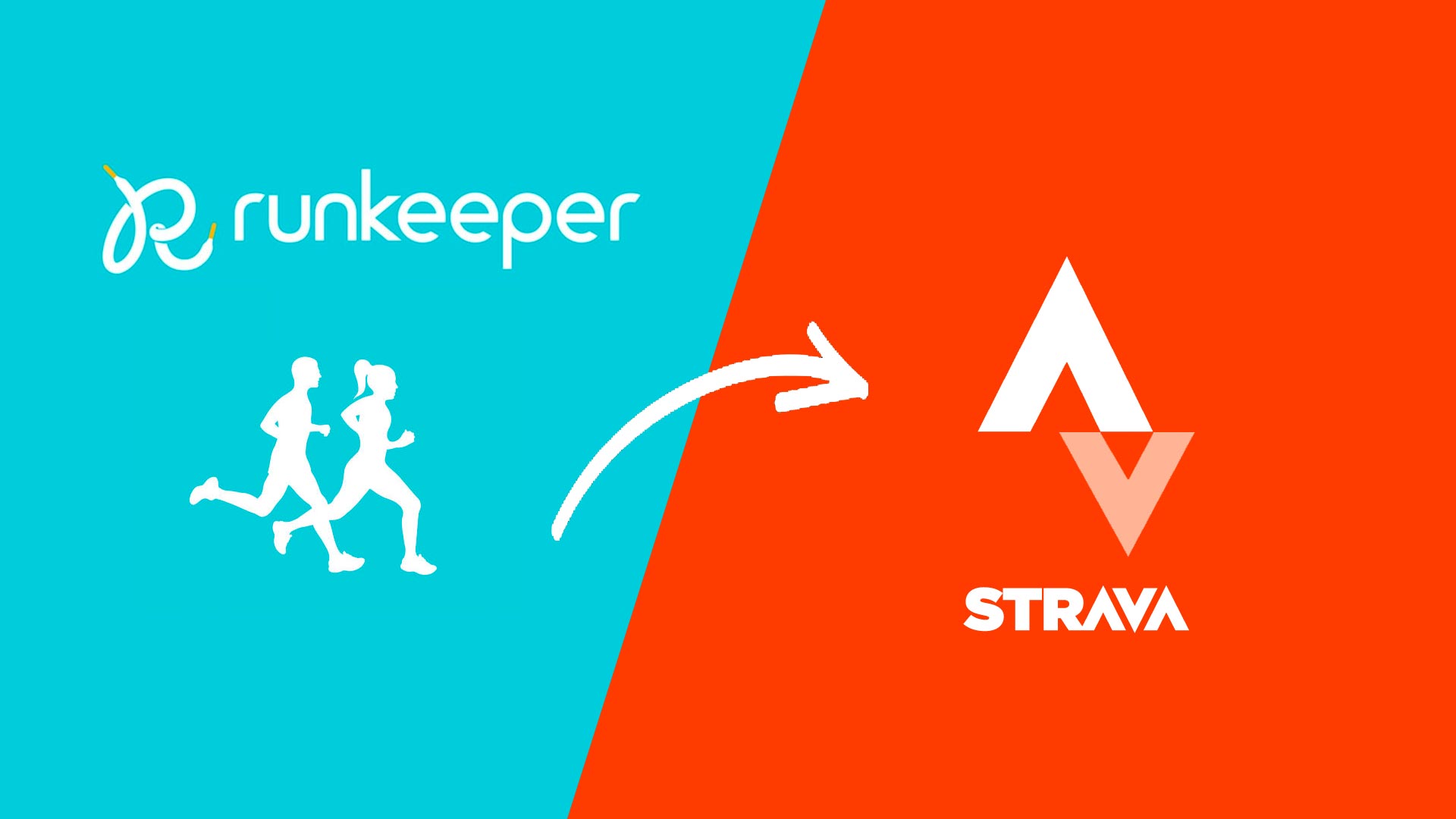

Tapping on routes will show you any routes you have set up, including the one you created in the steps above.Ĭlicking "Use Route" will load up the route and map on your phone. From the profile screen is a link to "Routes" - right down the bottom of the list. Once logged in to the Strava app, tap on Profile at the bottom of the screen.

#EXPORT MYTRACKS TO STRAVA INSTALL#
First, install the Strava app on your phone. If you're going to have mobile phone coverage this works really well. To print your route, just hit the "Print" button on the Strava page - it'll give you approximate waypoints and a copy of the map. This is, however, useful for long trail runs that are relatively defined (perhaps Two Bays Trail or something).
#EXPORT MYTRACKS TO STRAVA HOW TO#
The first is self explanatory and quite possibly the most reliable - however you will need to know how to read a map, know how to find your current location, and be aware that if you stray too far you'll be off the edge of your printed map. There are three ways you can use your newly planned route once you hit the trails. You'll be shown a grey "View Route" button after saving - click it and you'll be complete. Once done, hit the red Save button at the top right, give the route a name, optionally make it "private" so nobody else can see it, and click Save. If you mis-click or change your mind, you can use the Undo and Clear buttons at the top to start over. Keep going until you have built a good run - I can see at the bottom of the screen this should be approx 2.2km with 75m of climbing (click the "Elevation Off" button at the bottom right to see a rough elevation profile if that interests you - but I've found it isn't 100% accurate). Don't worry too much if the line doesn't exactly follow the line. Each click adds a white dot, which you can move around if you want to alter things a bit. Continue to click at points along the trails to build your route. Just like Google Maps you can scroll around, zoom in and out, etc.Ĭlicking once on the map will set your starting spot, and a green dot appears (my starting point is next to the last car park on the road in). Do a search in the top left (ie I have searched for " yellowgum park" in this example) and the map will take you to that area. Once logged into Strava on your computer, navigate to the route builder. You don't have to use Strava to record your runs but their planner is really useful. If I want to make sure I'm out for a specific distance or time, I plan the route in advance so I know I'm going to cover enough ground. If I just drive to the park and start running, I often find I am back at the carpark sooner than expected because I've accidentally chosen short trails. Get home safely and get intimate with your foam roller.Follow the light blue line - the orange line is where you've been already. When you get lost, look at your phone.On your iPhone, install the Strava iPhone app.On your computer, use the Strava route builder, plan your run, and save it.If you want the quick version, follow these easy steps. Let somebody know where you are and when you expect to be home. Don't rely on Google Maps - because it just doesn't include the level of detail trail runners need (ie most of Plenty Gorge is completely unmapped on Google and Apple maps - you need sport-specific info).

You're in (relatively) remote areas, on uneven land, in places that other humans seem to infrequently visit because they don't know what they're missing out on. Here's how I plan and follow a map on unfamiliar trails! I have no such luxury so rely on my iPhone. Some in my running club have taken to using Suunto watches and the inbuilt navigation. Particularly somewhere like Plenty Gorge where there are dozens of intersecting mountain bike trails that are tricky to tell apart, having a preplanned route can be very useful. One of the more challenging things I've found with trail running is finding my way. I returned with a group from Diamond Creek Runners and had a fantastic time, and since then have slowly built up my trail kilometers including two races of 18 and 20km. My local parkrun course is on concrete, and most big running races are on the road.Ī few months ago, on a whim, I ventured out to Plenty Gorge Park and had a great time exploring the bushland. Since starting to run a few years ago, nearly all of my mileage has been on paved roads.


 0 kommentar(er)
0 kommentar(er)
